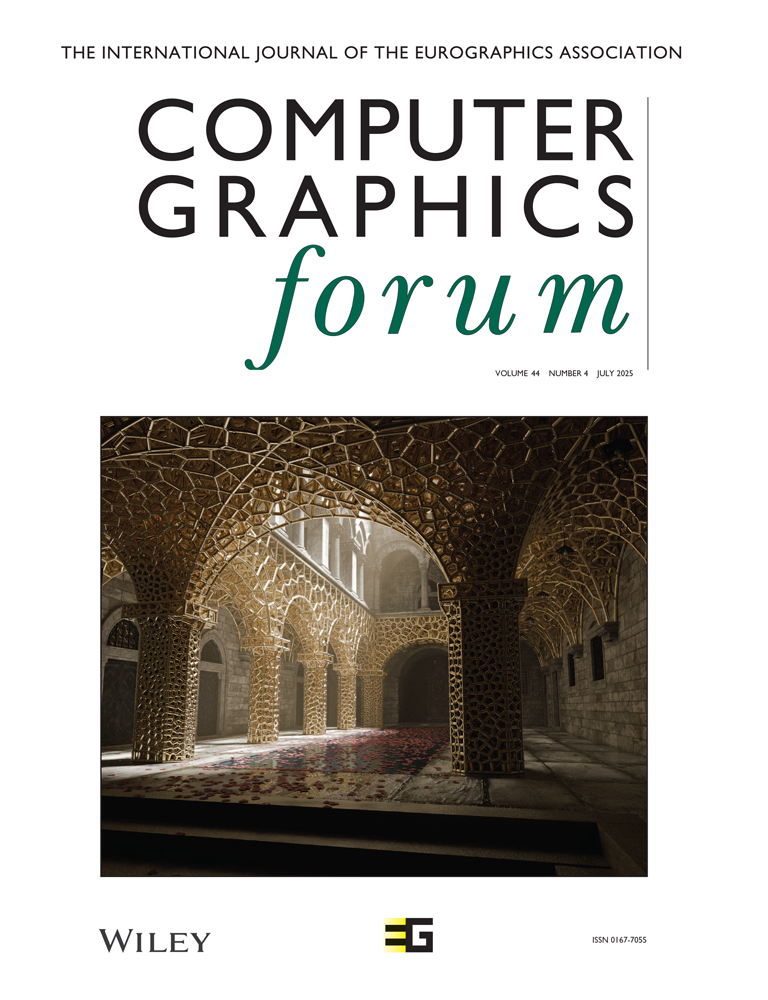Skeletal Reconstruction of Branching Shapes
Abstract
We present a new method to reconstruct an implicit representation of a branching object from a set of data points scattered on its surface. The method is based on the computation of a geometric skeleton inside the data set. This skeleton is simplified in order to filter noise and converted into skeletal elements – a graph of interconnected curves – that generate an implicit surface. We use Bézier triangles as extra skeletal elements to perform bulge free blends between branches while controlling the blend extent. The result is a smooth reconstruction of the object, that can be computed whatever its topology. The skeleton offers compact storage, and provides an underlying structure for the reconstructed object, making it easier to edit in a modeling or animation environment.




